Optimal Timing for Foundation Repairs
Understanding the optimal timing for foundation repairs is essential for ensuring long-lasting stability. The best time to undertake foundation repairs typically depends on weather conditions, soil moisture levels, and the severity of foundation issues. Repair projects are most effective during dry, moderate temperatures when soil movement is minimal. Extreme cold or wet conditions can complicate repairs and affect the integrity of the work.
Spring offers moderate weather conditions, making it a suitable time for foundation work. Soil moisture levels are higher, which can aid in certain repair processes, but excessive rain may cause delays.
Summer provides warm, dry weather ideal for foundation repairs. However, high temperatures can cause soil to dry out and shift, potentially impacting repair stability.
Fall is often considered optimal due to cooler temperatures and manageable soil moisture levels. It allows for timely repairs before winter conditions set in.
Winter is generally less ideal due to freezing temperatures and frozen ground, which can hinder excavation and other repair activities.

Ways to make Foundation Repairs work in tight or awkward layouts.

Popular materials for Foundation Repairs and why they hold up over time.
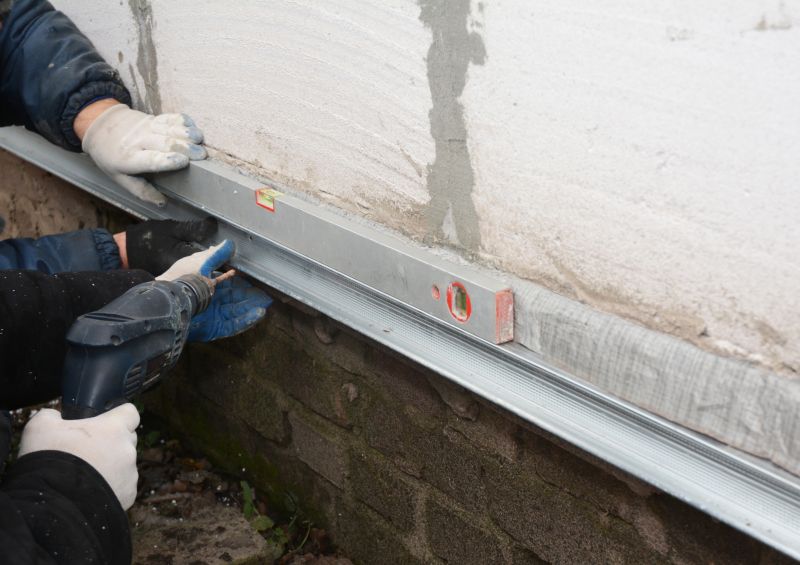
Simple add-ons that improve Foundation Repairs without blowing the budget.

High-end options that actually feel worth it for Foundation Repairs.

Finishes and colors that play nicely with Foundation Repairs.

Little measurements that prevent headaches on Foundation Repairs day.
Foundation repairs are crucial for maintaining the structural integrity of a building. They address issues such as cracks, uneven floors, and shifting foundations caused by soil movement, moisture changes, or settling. Proper timing can minimize disruptions and improve the longevity of repairs. Statistics indicate that addressing foundation problems early can prevent costly damages and extensive repairs in the future.
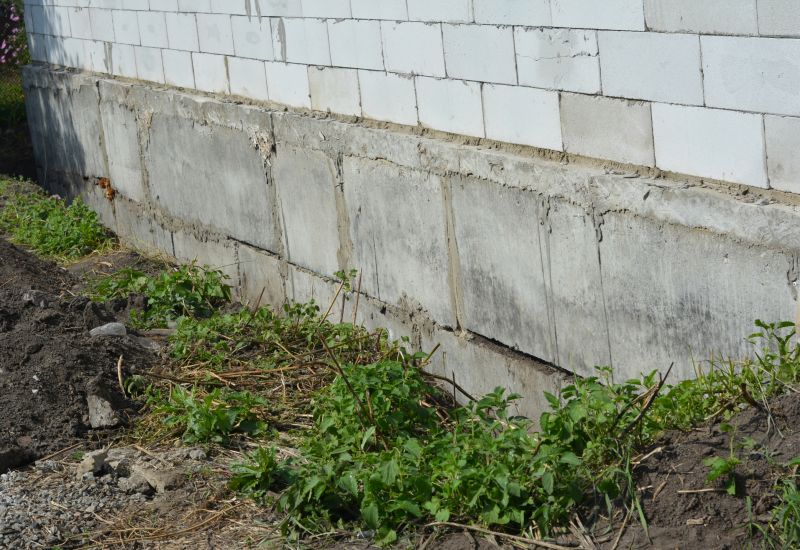
A 60-second routine that keeps Foundation Repairs looking new.
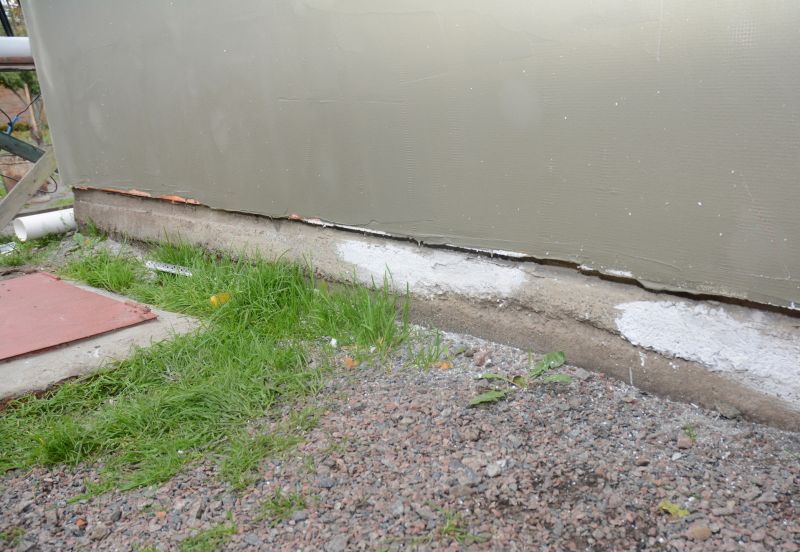
A frequent mistake in Foundation Repairs and how to dodge it.

Small tweaks to make Foundation Repairs safer and easier to use.
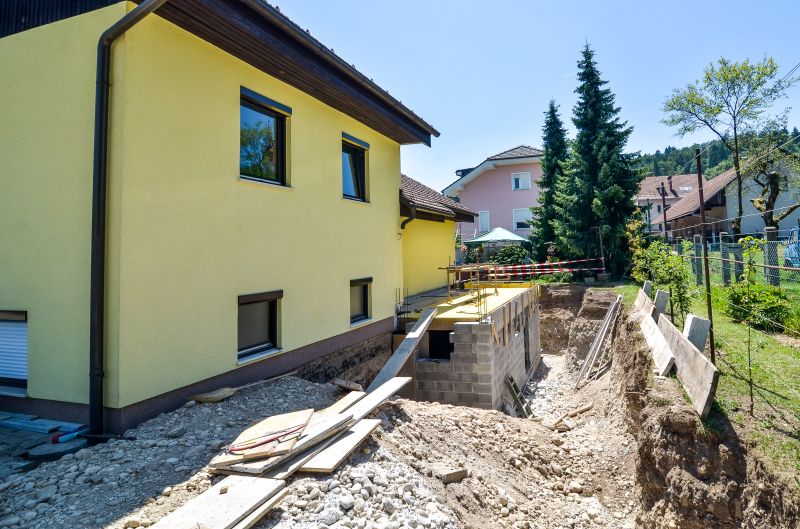
Lower-waste or water-saving choices for Foundation Repairs.
| Season | Ideal Conditions |
|---|---|
| Spring | Moderate temperatures with increased soil moisture, suitable for certain repair types |
| Summer | Warm and dry conditions, good for most repairs but watch for soil drying out |
| Fall | Cooler temperatures with manageable moisture, optimal for foundation work |
| Winter | Freezing temperatures and frozen ground, generally unsuitable |
Timely foundation repairs help prevent further structural damage and preserve property value. Addressing issues during the most suitable seasons can reduce repair costs and improve outcomes. Consulting with foundation specialists can provide guidance on the best timing based on local weather patterns and soil conditions.
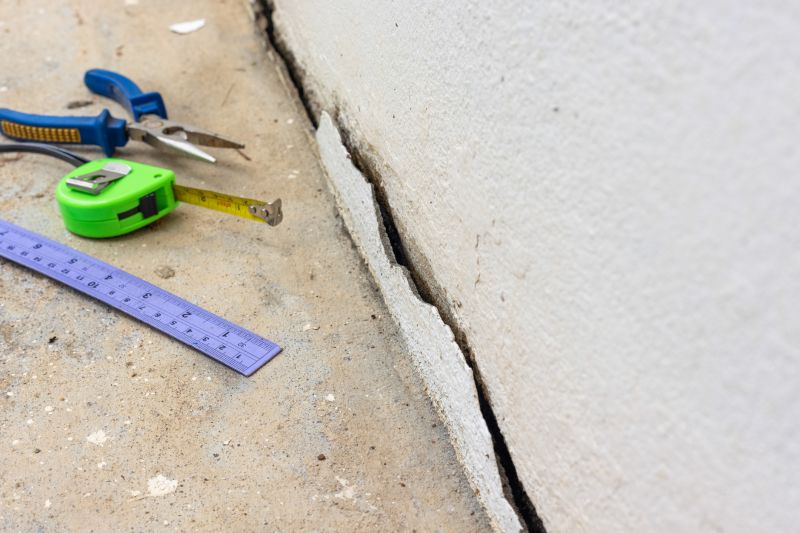
The short, realistic tool list for quality Foundation Repairs.
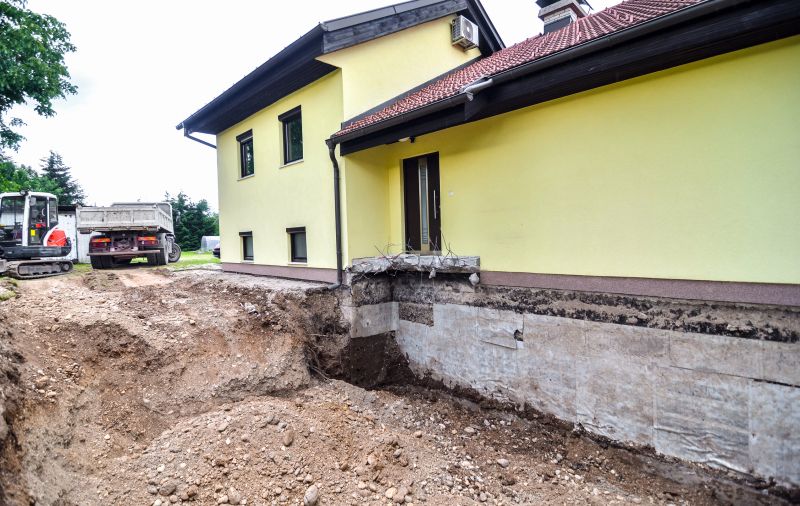
Rough timing from prep to clean-up for Foundation Repairs.
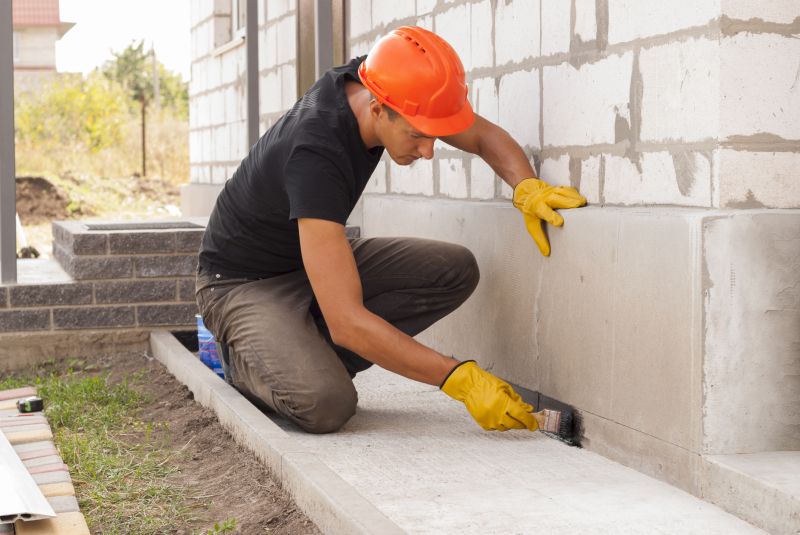
Quick checks and paperwork to keep after Foundation Repairs.
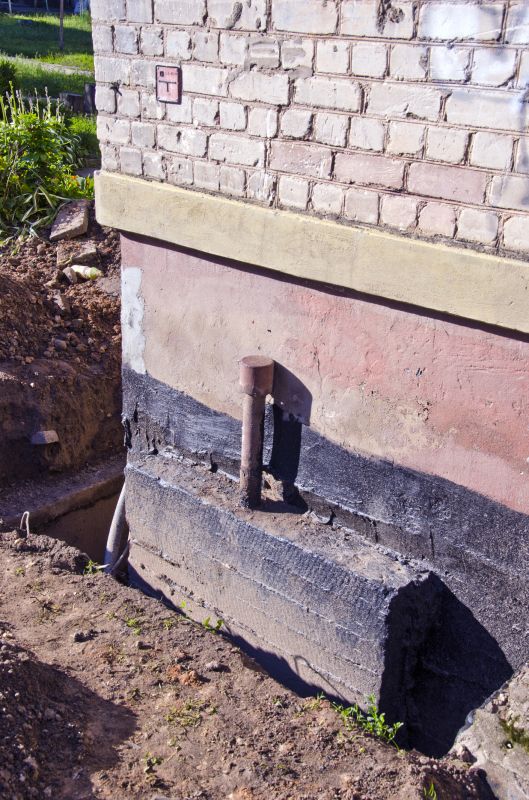
Examples that show the impact a good Foundation Repairs can make.
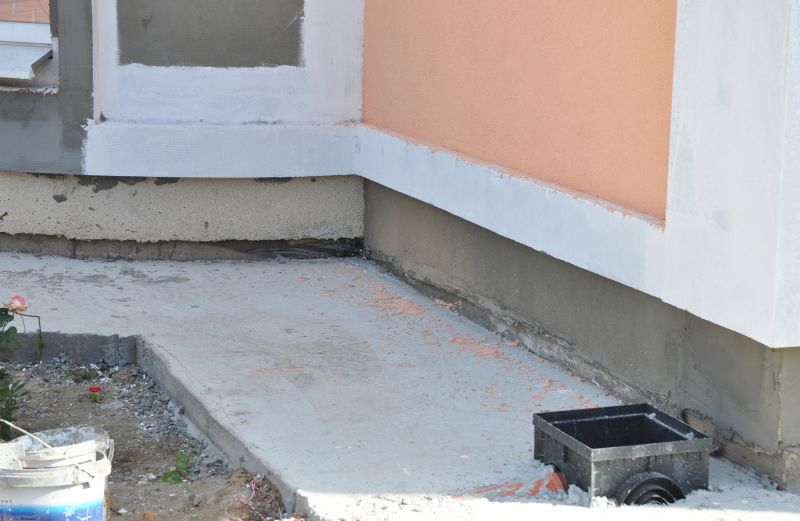
Ways to make Foundation Repairs work in tight or awkward layouts.
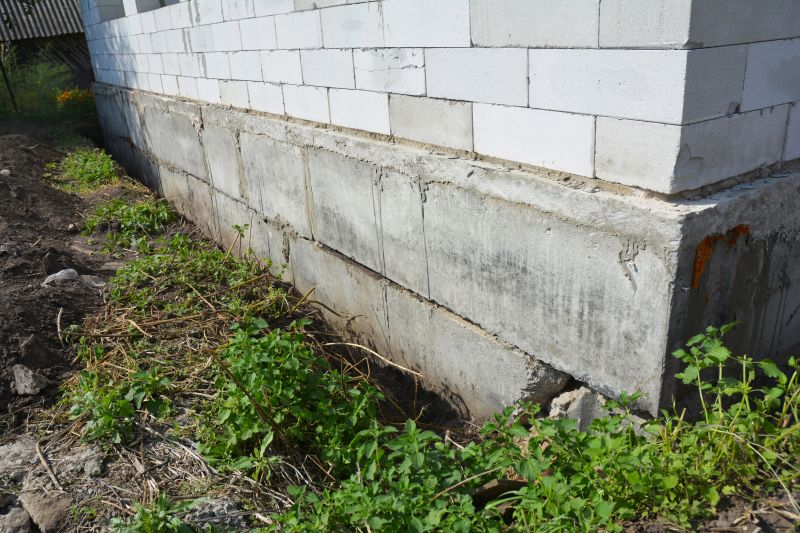
Ways to make Foundation Repairs work in tight or awkward layouts.
Interested in foundation repairs? Filling out the contact form can provide more information and help schedule an assessment to determine the best timing for specific needs. Proper planning and expert consultation are key to successful foundation stabilization.

